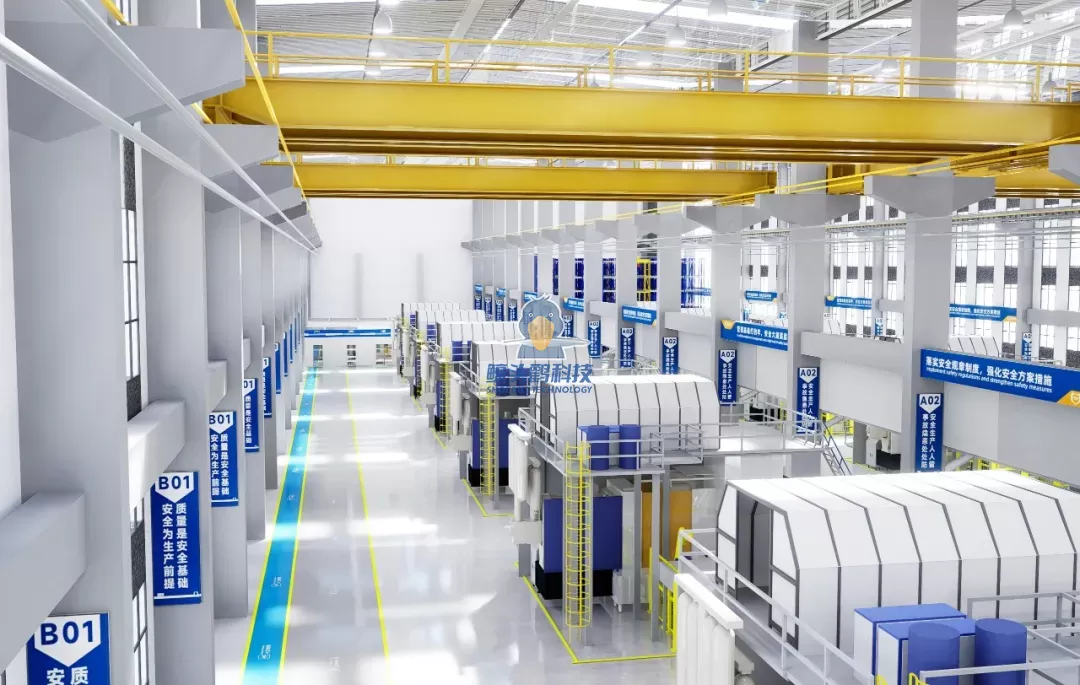While traditional steam generators focus on the evaporation of water to produce clean steam for power generation, sterilization, or mechanical work, methane chloride steam generators operate on an entirely different principle. Below are the major distinctions:
| Feature | Traditional Steam Generator | Methane Chloride Steam Generator |
|---|---|---|
| Working Medium | Water | Methane and chloride-based gases |
| Output | Water steam (H₂O) | Reactive chlorinated vapor |
| Temperature Range | Moderate (100–200°C) | High (up to 800°C or more) |
| Applications | Energy, HVAC, food sterilization | Organic synthesis, CVD, catalyst testing |
| Material Requirements | Standard stainless steel | Corrosion-resistant alloys or ceramics |
| Control System | Basic temperature & pressure | Advanced flow, chemical composition, thermal feedback |
Moreover, methane chloride steam generators must ensure chemical compatibility, as chlorinated gases can be corrosive and reactive. This leads to the use of specialized materials such as Hastelloy, quartz liners, or PTFE-coated components in construction.
As industries continue to push the boundaries of gas-phase chemical processing, the methane chloride steam generator stands out as a highly specialized and valuable tool. It offers unmatched control, efficiency, and compatibility for applications where conventional steam simply falls short. Companies like Jiangsu Kesheng Intelligent Manufacturing Co., Ltd. are at the forefront of developing and customizing these systems to meet the needs of modern chemical and material innovation.
For organizations involved in halogenation chemistry, vapor-phase synthesis, or catalytic process development, investing in a methane chloride steam generator is a step toward safer, smarter, and more efficient operations.
www.jsksintelligent.com
Jiangsu Kesheng Intelligent Manufacturing Co., Ltd.




